I’m a reluctant ‘Fenny’. When I moved to this area of Cambridgeshire, the flat, open Fenland felt stark and particularly bleak in winter. The land is completely flat and regimented, with straight drainage channels and hedgerows, largely used for agriculture. Roads run along drainage channels and rivers, looking out over an expanse of sameness, and when the wind blows or the snow falls, there’s no shelter.
But the skies here are big and give you a feeling of your place in the world. I’ve come to appreciate the beauty of this unique Fenland I call home. I was inspired to write this post following a walk on New Years Day 2023 which epitomised how these vast, flat, wet marshes can be seen in a beautiful light, which hopefully I can showcase to you all.
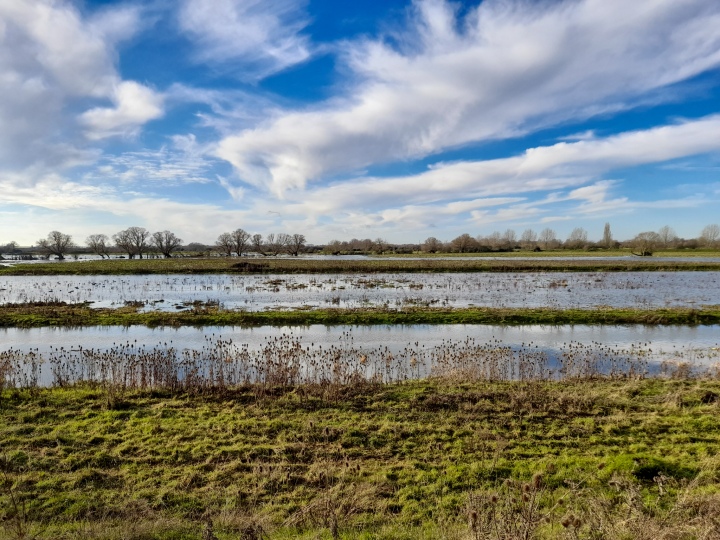
What are Fens?
The Fens are an area in eastern England, ranging roughly from north Cambridgeshire up to Lincoln, an area of 3,800 square KM.
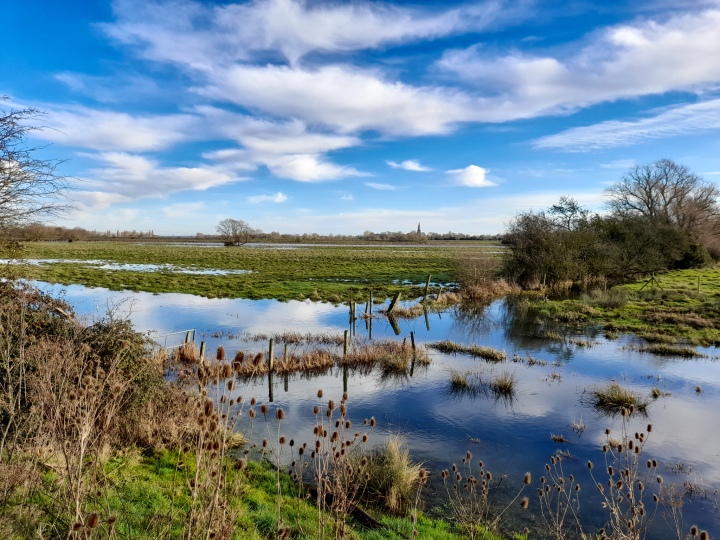
Most of the Fens lie within a few metres of sea level. Much like in the Netherlands (many Dutch came over to England to develop our Fens back in the 16-1700s), much of the Fenland originally consisted of fresh or saltwater wetlands. With the support of their drainage system, the Fenland has become a major agricultural region for grains and vegetables and are particularly fertile, containing around 50% of the grade I agricultural land in England – but at a cost. Once this area was 99.9% wetland, and today it is only 0.1%.
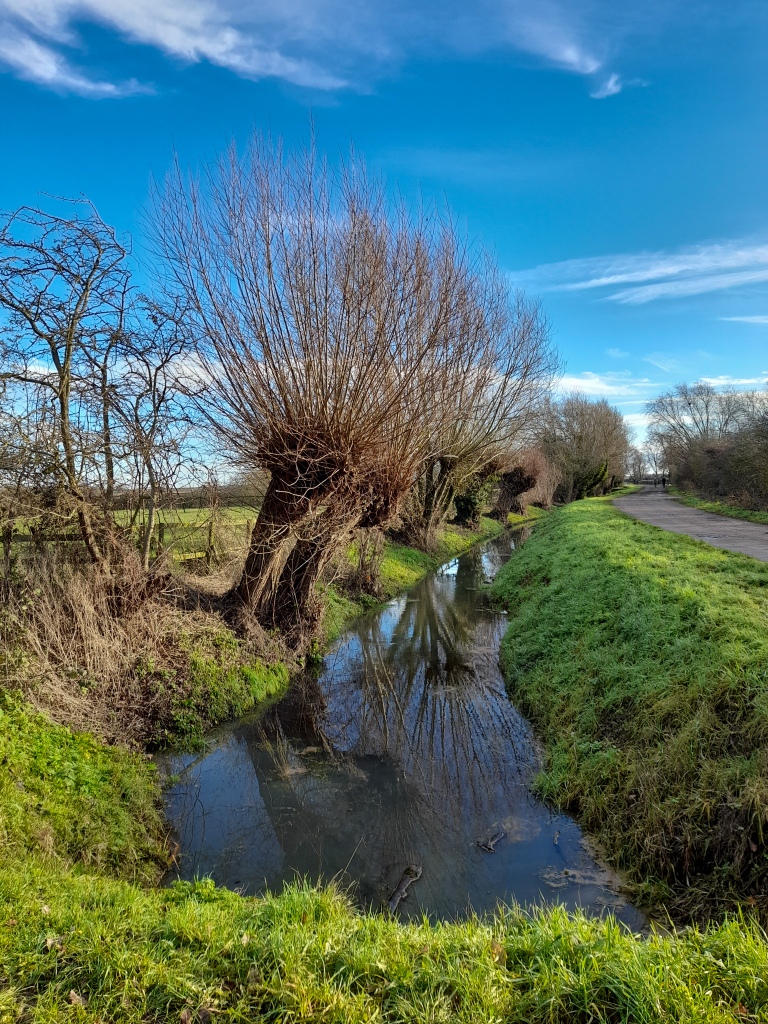
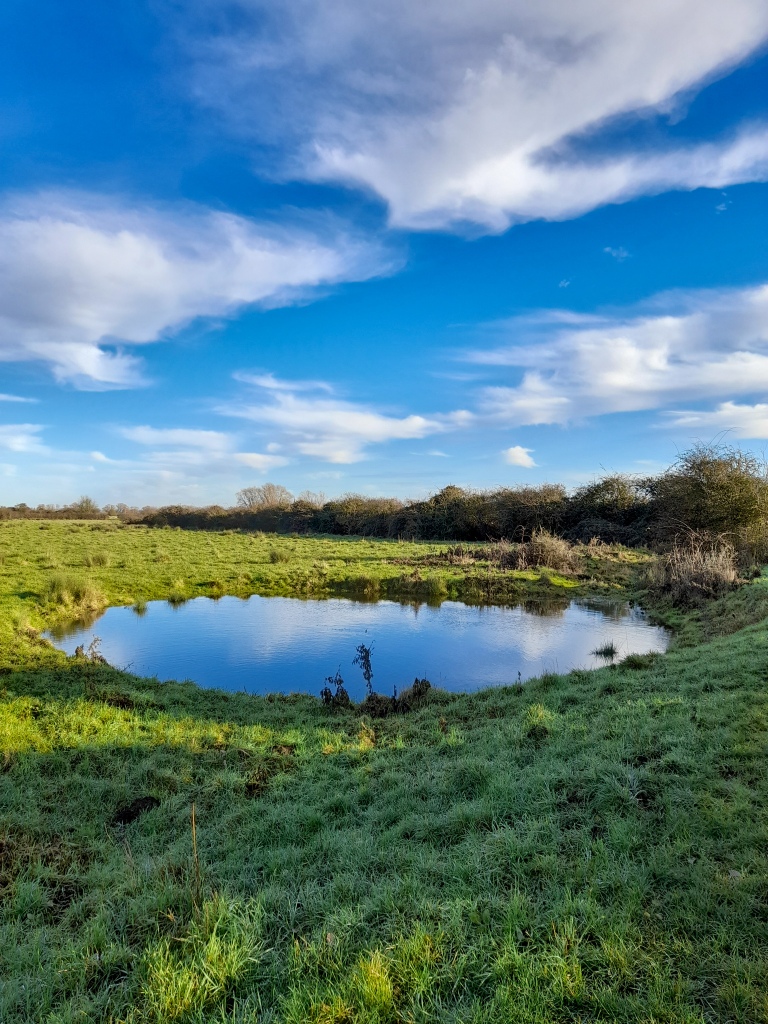
The city at the heart of the fens is Ely (literally the Isle of Eels) which was built on this marshland. Whilst draining these lands made them habitable, there have been so many unintended consequences – firstly because they’ve been drained, the peat shrinks at a rate of 2cm a year and not enough alkalinity gets in to the water anymore. This means that plants and wildlife living here are starting to change and we’re losing a lot of species.
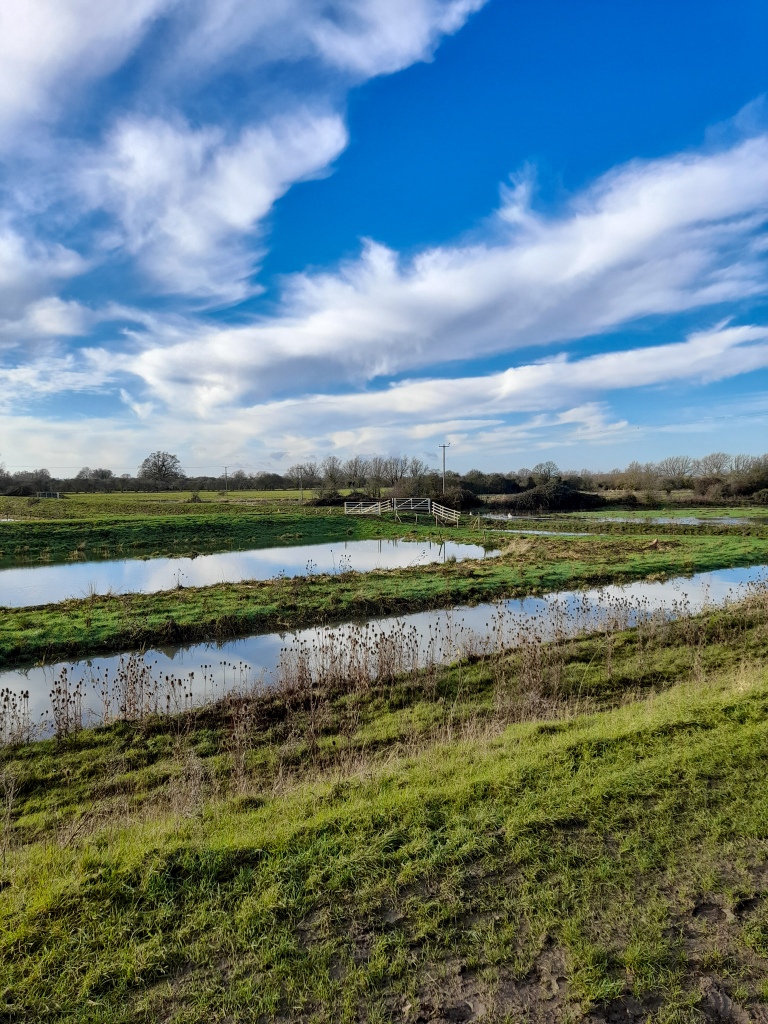
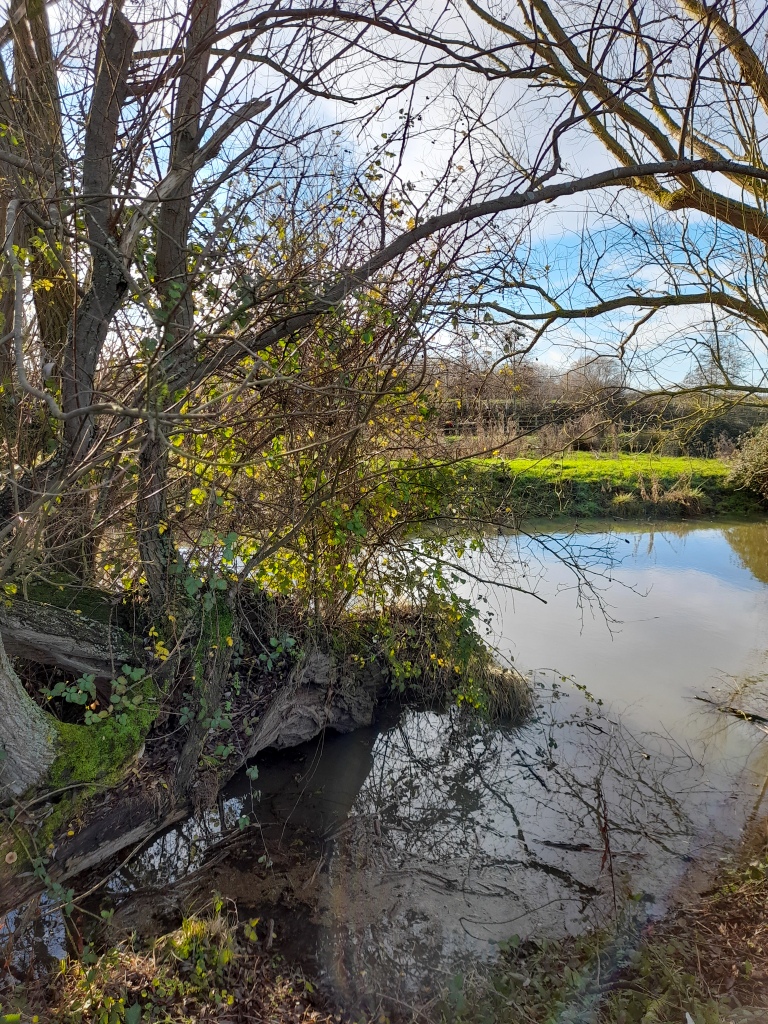
Another consequence is the constant flooding. Of course, The Fens are literally designed to flood – having drained the low lying land there are still two major rivers running through the Fens – The River Ouse and River Nene. The banks of these rivers often overflow and the Fenlands are natural flood plains. However, with all the rain we’ve had in 2023, floods have been consistent and a part of every day life here rather than a seasonal occurrence which drain and dry out in summer. Constant flooding causes the land level to sink and the dykes have been built higher and higher to protect inhabitants.
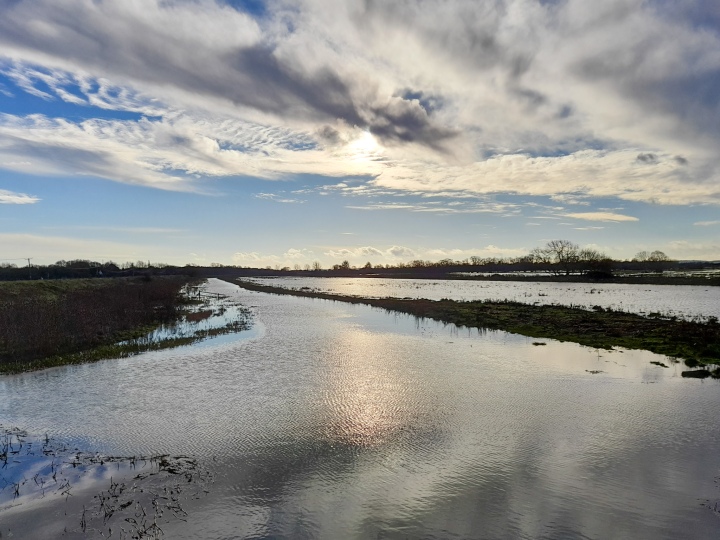
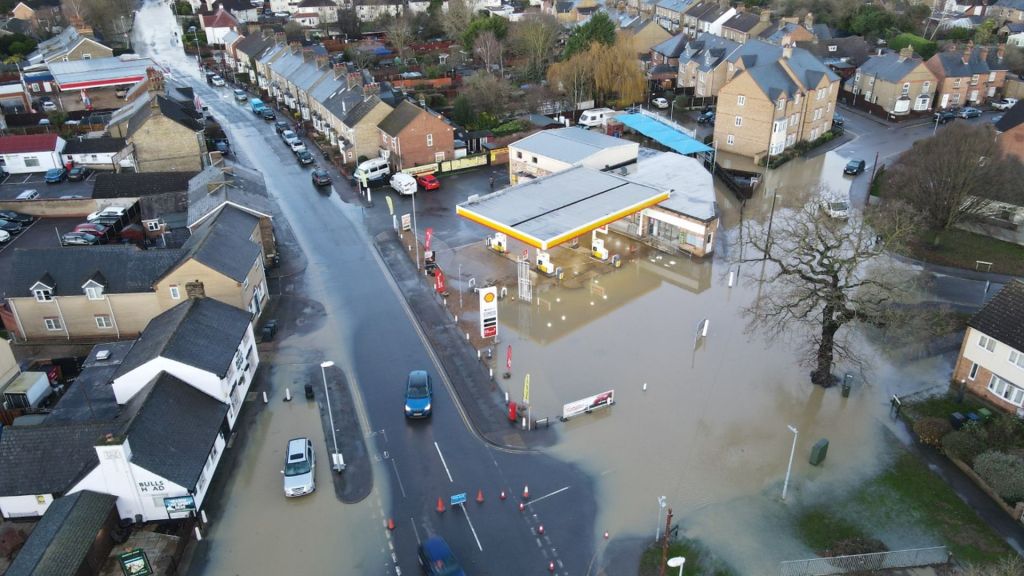
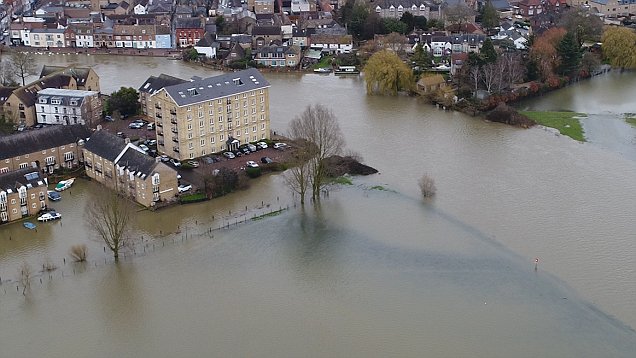
Exploring the Fens and their beauty
The best way to explore the Fens is on foot. They cover a huge natural area, and I’ve explored many of the walks through them. There are multiple individual Fens making up the overall landscape and some of my favourites include:
- Mare Fen
- Ouse Fen
- RSPB Fen Drayton Lakes
- Wicken Fen
- Hoe Fen
- Stow cum Quy Fen
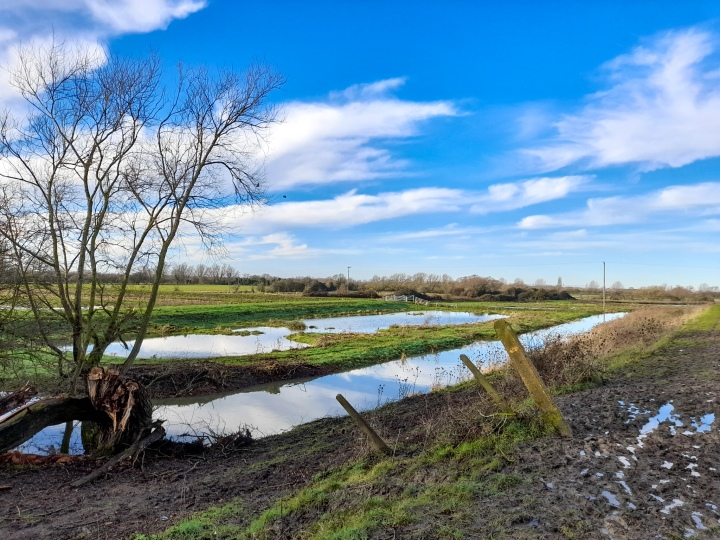
My favourite walk is around Mare Fen and you can find the route HERE, and I also loved Stow cum Quy Fen, following the route from Lode to Bottisham HERE.

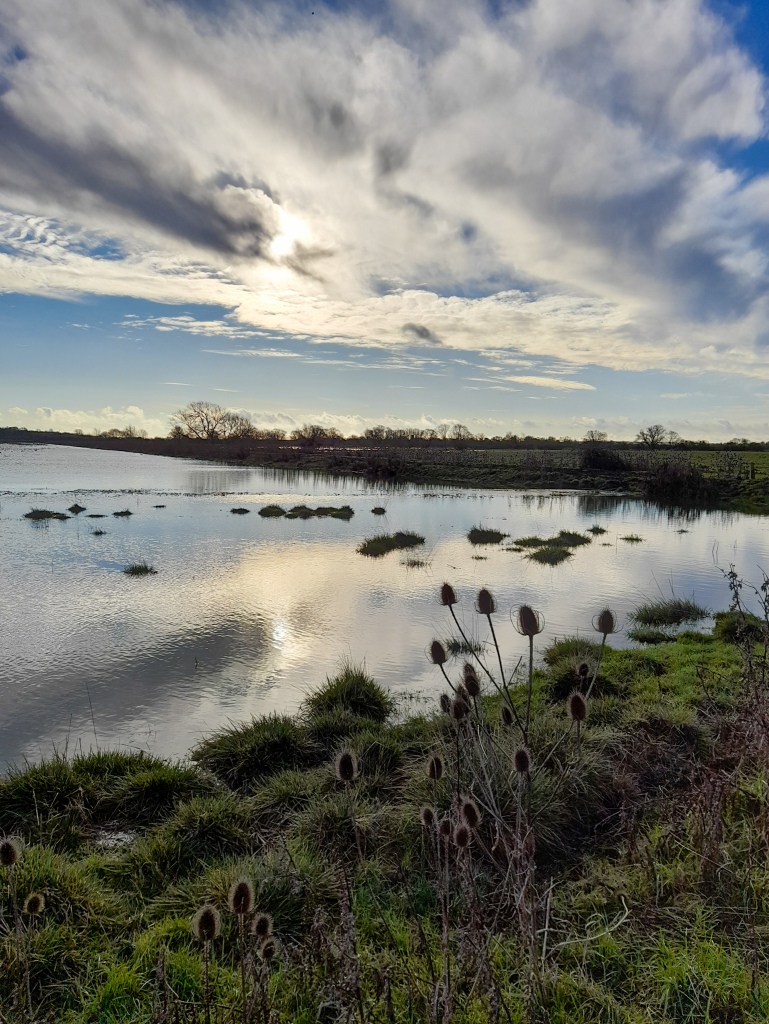
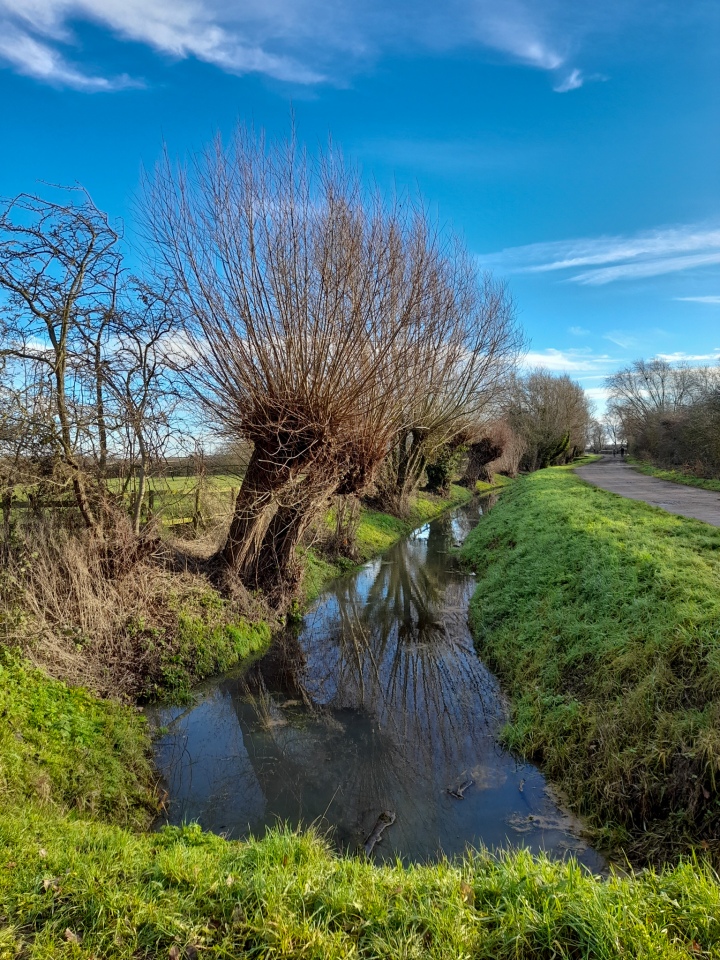
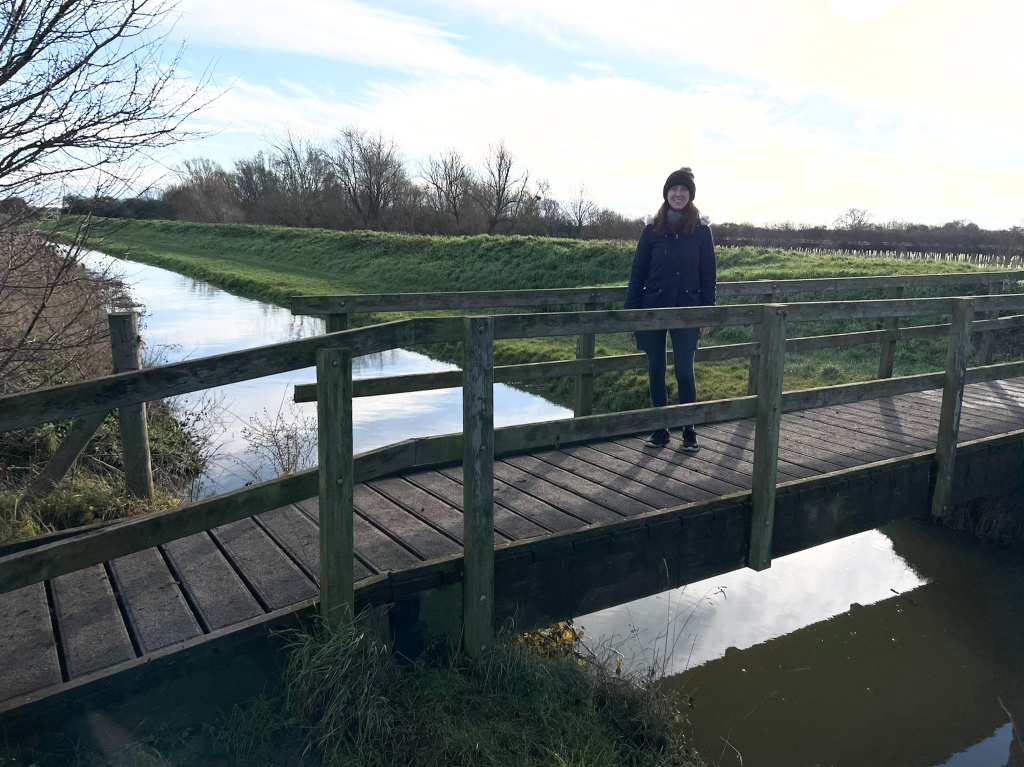
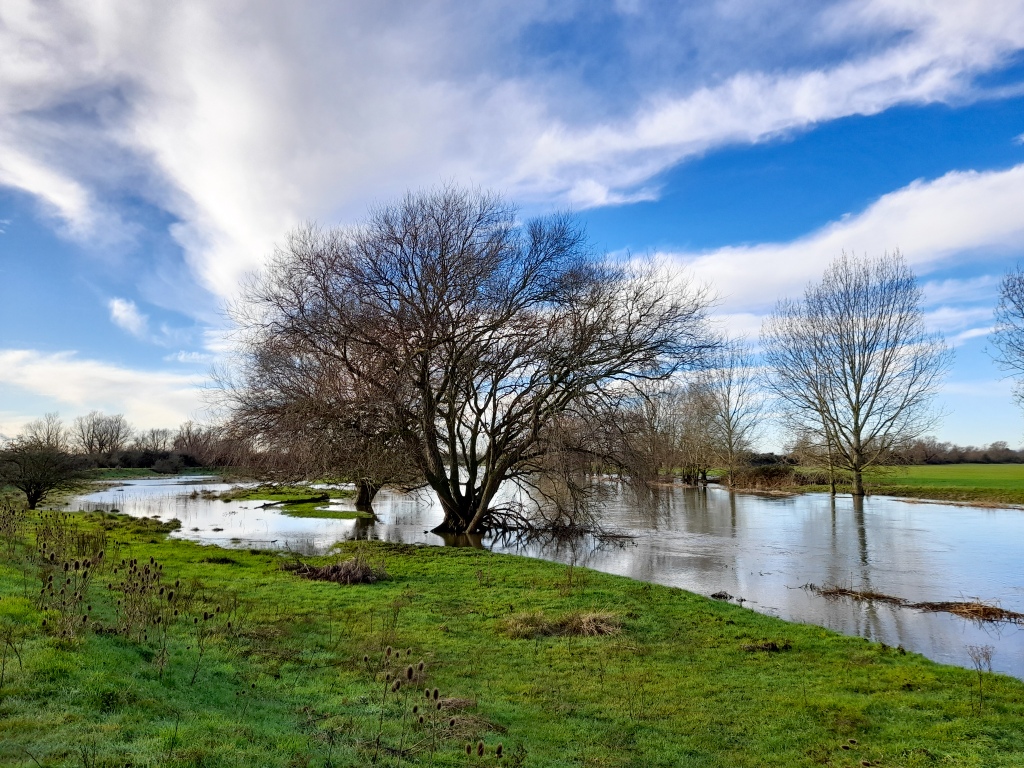
Walking in the Fens is both super easy and hard. Easy because the land here is completely flat – there are no hills or mountains anywhere, but also hard as it’s pretty much always wet and you can easily sink in the mud and peat – it’s really important to wear wellies or proper waterproof hiking boots. It also means that if the rivers are in flood, you won’t be able to walk the routes as they can flood by up to 6ft of water, and obviously no wellies are going to save you from that.
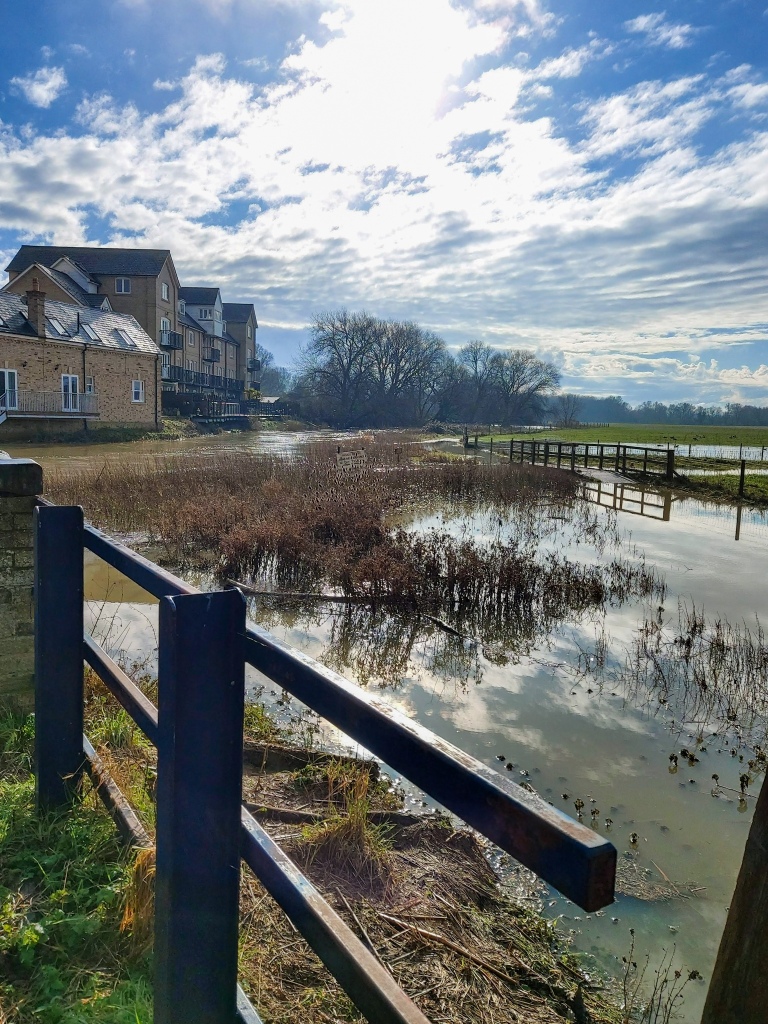
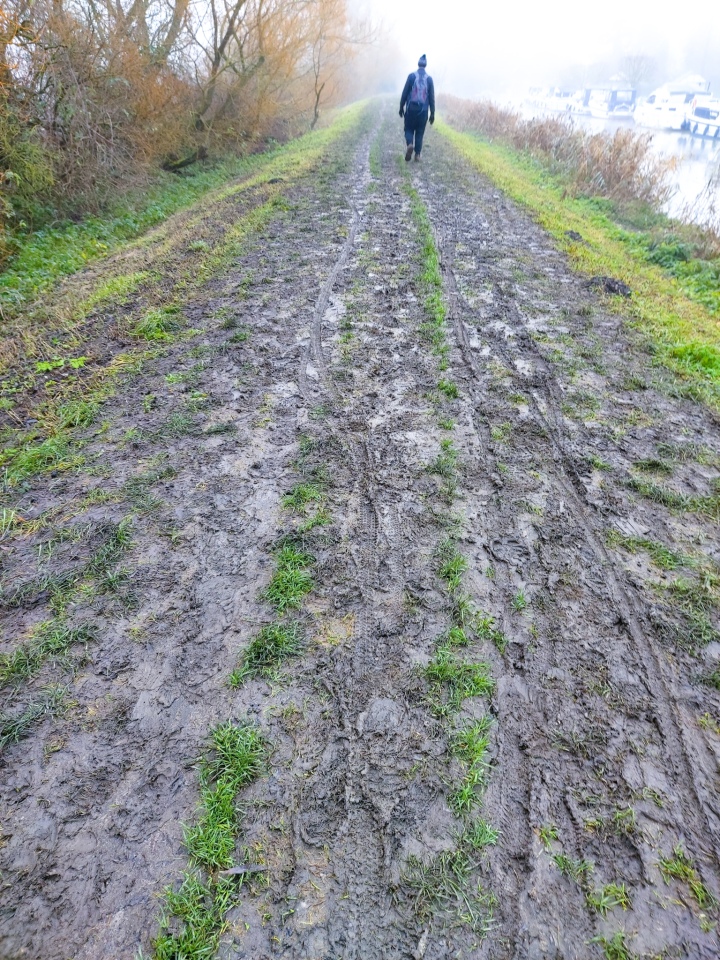
It’s also hard walking in the Fens because it’s so exposed. Being so flat means if it’s windy you’re blown over and if it’s misty you have limited visibility. As you can see from my walk in winter it’s beautifully atmospheric but very murky.
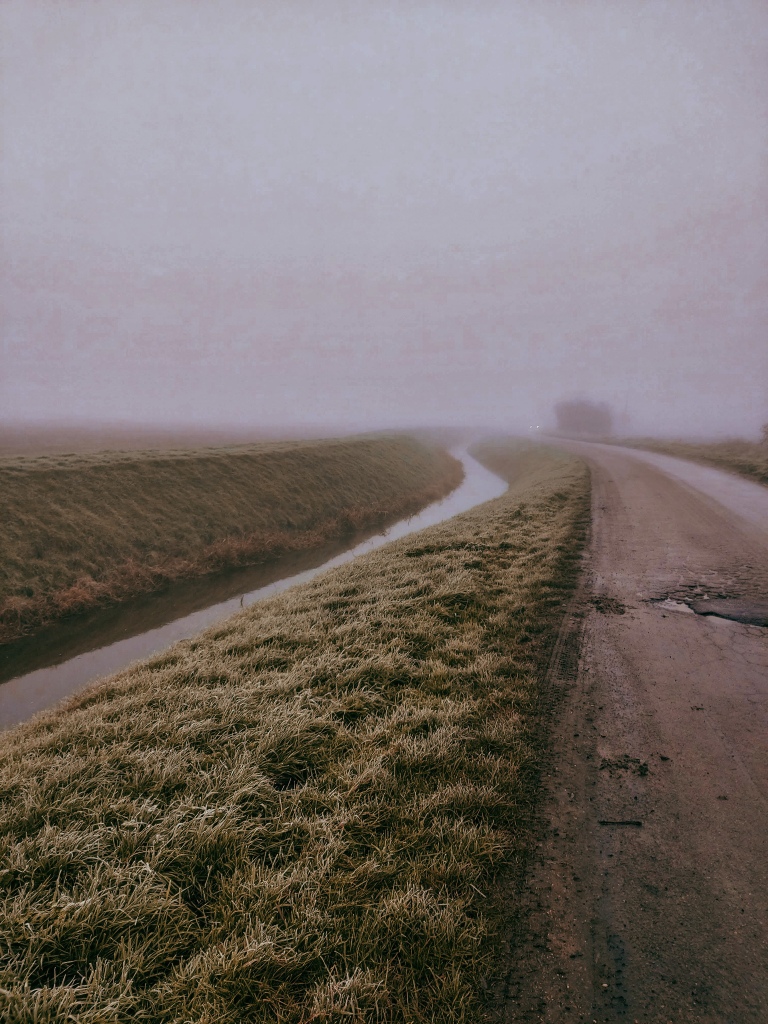

There are some Fens which are run as their own sites, such as Wicken Fen and Lopham Fen, so have better walking trails and board walks to help with the mud. These Fens are also home to the famous Konik ponies – and if you watched the latest David Attenborough documentary, they were featured!
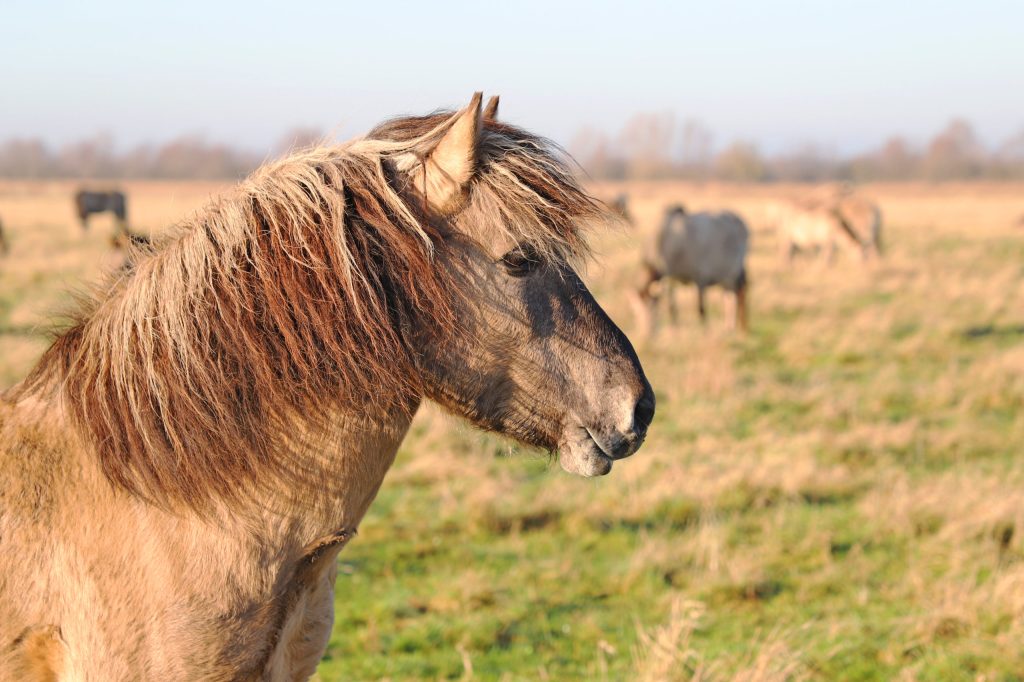
Driving in the Fens is normally OKish as the roads are well protected. That said, most of the smaller roads run to the side of waterways, and it’s common to have flooded roads especially in the areas around Ely- it drives me nuts as during rainy periods it’s rare I can drive anywhere beyond the main A-roads without a detour at some point!
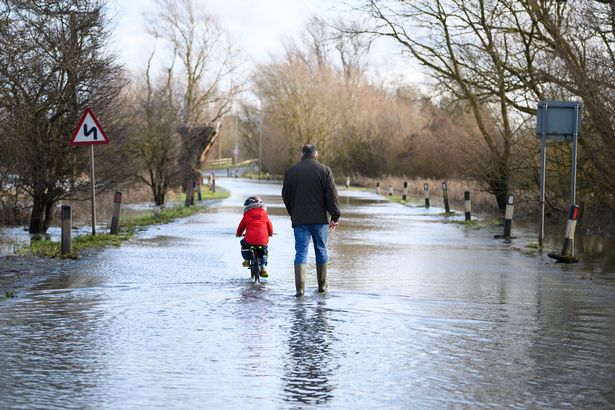
What else is there to do in the Fens?
Away from the actual Fens themselves, Fenland has lots to offer people wanting to visit. Of course, you have to do a Fen walk, but there are lots of great cities, towns and villages in the area which are worth a visit too and you could choose as a base to exlore the area.
The most famous Fen city is Ely, one of the most beautiful cities in the country – though I’m biased. Peterborough is also an important Fenland city and offers lots to see, including the Cathedral where Catherine of Aragon is buried. Lincoln is the northern most tip of the Fens and Cambridge the southern most tip so both also make good places to stay as gateways to the Fens.

There are also a number of smaller towns and villages to visit – I’ve mentioned Lode, Bottisham, Over and Swavesey but there are also Huntingdon, St Ives, Spalding, and Kings Lynn which are all nice to explore.
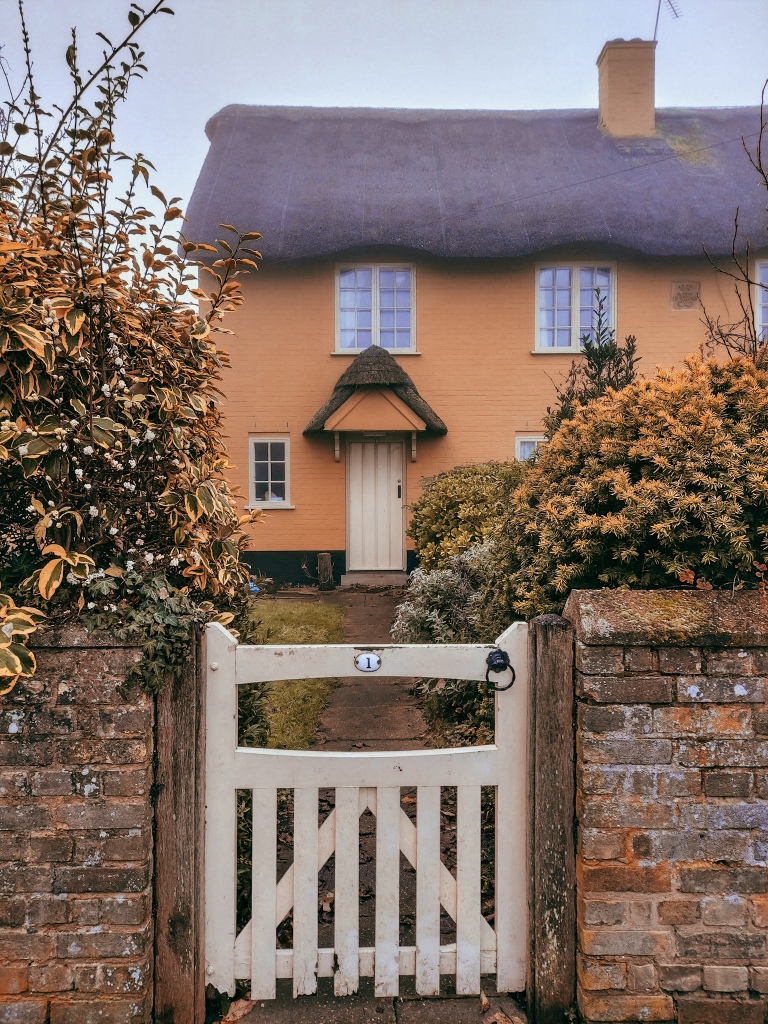

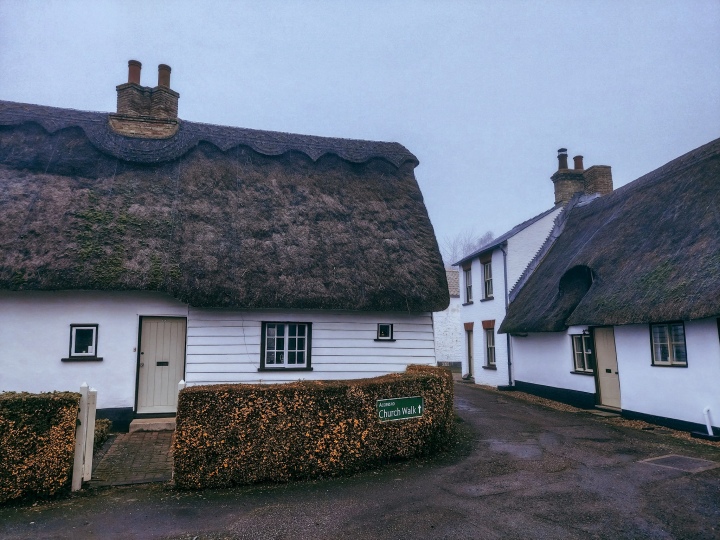
You could easily spend a week exploring all that the area has to offer – just make sure you visit at a time where it’s not too wet so you can enjoy it to the fullest.
So what do you think of the Fens? I hope I’ve managed to showcase a unique side to where I live, beyond the city lights of Cambridge and in to the rural side of this beautiful place I call home.
I used to hate the Fens, but now I can appreciate their vastness and peace. I love bracing myself to be exposed to the elements if I’m going on a walk round a Fen – whether it’s sunny, snowing, raining or misty, I’ll experience it in abundance and I quite like that. That said, I’m genuinely concerned about how the area will look by 2050 – with horrifying climate change predictions and the seemingly never ending building of new houses across the flood plains here, I worry that we are sleep walking in to more floods and rising water levels in this area which will be unsustainable.

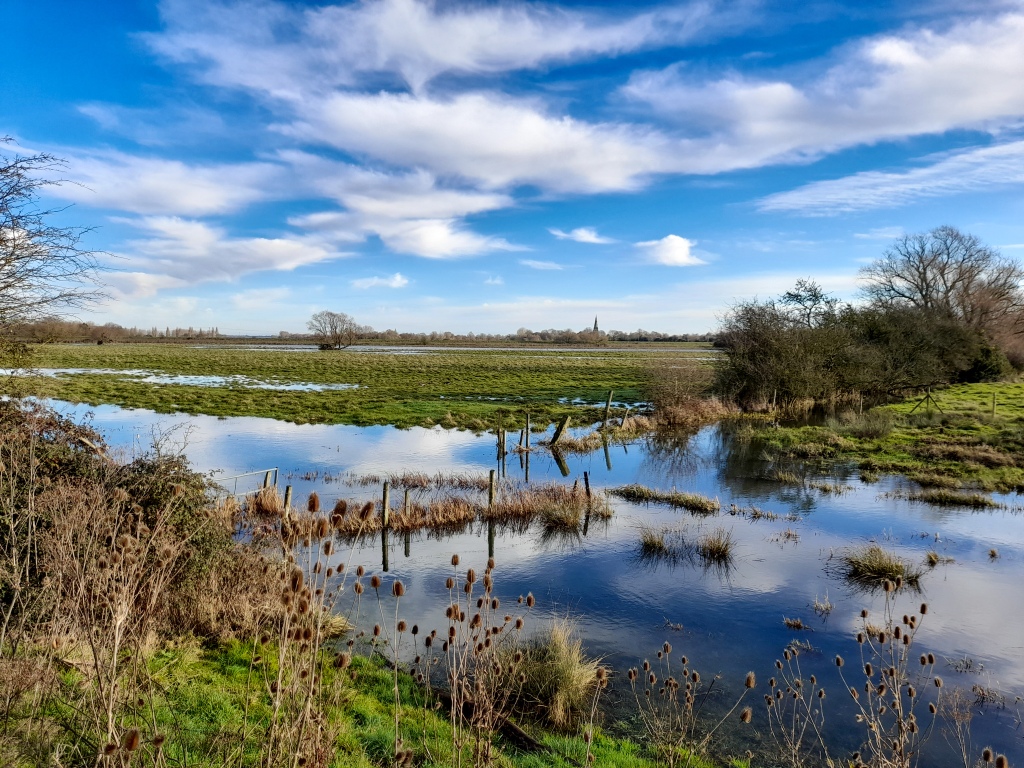
Leave a comment